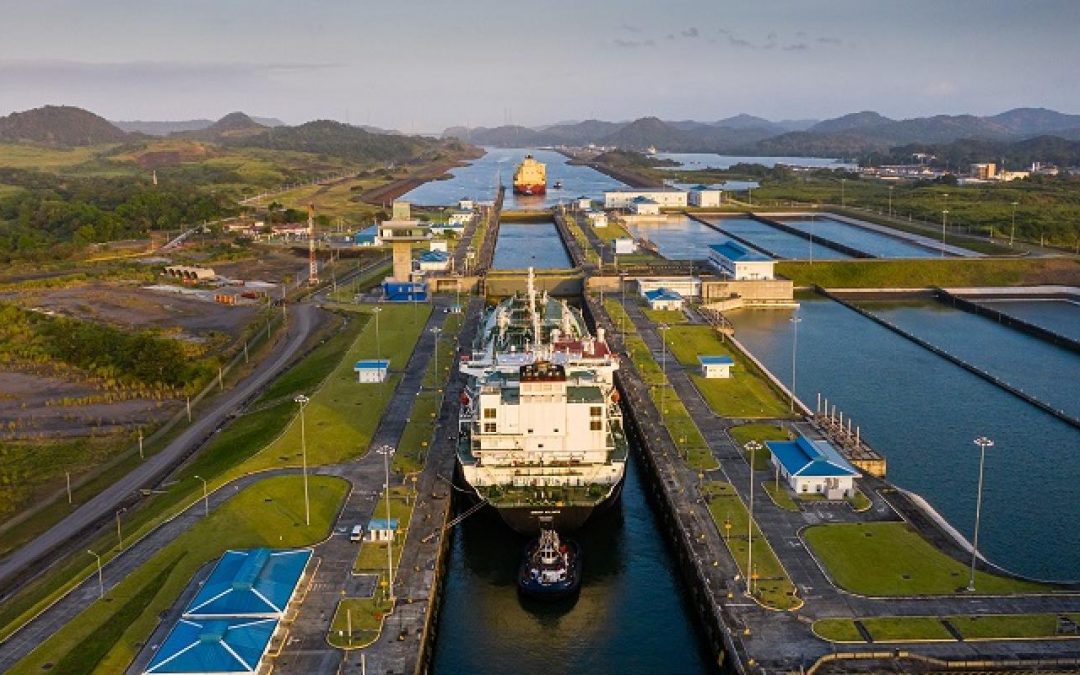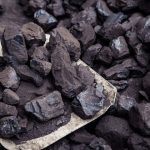QatarEnergy reports with the simultaneous signing of four additional long-term time charter agreements it has completed a step in its fleet expansion and modernization program tied to its planned increase in LNG production and exports. They reported that the construction project which was first announced nearly four years ago has now reached 104 conventional LNG carriers to be owned and operated by many of the world’s leading shipping companies.
The contract signing ceremony yesterday in Qatar confirmed 19 additional vessels. The latest orders are going to Samsung Heavy Industries and Hanwha Ocean, both in South Korea, and follow orders including Korea’s largest individual shipbuilding contract with HD Hyundai Heavy Industries signed in 2023 and the first LNG carrier orders placed internationally in China. The program is mostly based on the conventional sized 174,000 cbm carriers but also includes several of the world’s largest vessels to be built in China.
The latest orders include six vessels with CMES LNG Carrier Investment, six vessels with Shandong Marine Energy, and three vessels with MISC Berhad. All of these will be constructed at Samsung Heavy Industries. The remaining four vessels will be operated by a joint venture of Kawasaki Kisen Kaisha (K-Line) and Hyundai Glovis and are being constructed at Hanwha Ocean.
“Today’s signings form a significant milestone in QatarEnergy’s LNG fleet expansion program, as it marks the conclusion of the conventional sizes vessels portion of the program,” said Saad Sherida al-Kaabi, Minister of Energy in Qatar and the President and CEO of QatarEnergy. He noted that this brings the total number of ships to 104 vessels, which he called, “a massive undertaking that is the largest shipbuilding and leasing program ever in the history of the industry.”
These ships will support QatarEnergy’s expanded LNG production capacity from the North Field in Qatar and Golden Pass in the U.S.. They are also part of a long-term fleet replacement requirement.
Qatar first announced its intentions in June 2020 with what it called the “world’s largest shipbuilding contract.” They signed an agreement with South Korea which reserved 60 percent of the global LNG shipbuilding capacity for seven years. It was designed to support their plans to expand LNG capacity from 77 million to 126 million tons per annum by 2027.
While the ships are the “conventional” dimension for carriers, it is highlighted that they are incorporating advanced technologies. K-Line reported in announcing its agreement with QatarEnergy that the vessels would be equipped with energy-saving devices. Their ships will also obtain a notation from class that they are ready for onboard carbon capture and storage
In January 2024, QatarEnergy was linked to an order in China for eight QMAX design vessels to be built by Hudong-Zhonhua Shipbuilding. Due in 2028 and 2029, the vessels will have a capacity to transport 271,000 cbm.
Currently, the U.S. is the largest exporter of LNG competing with Qatar and Australia as the other major producers. The U.S. Energy Information Administration reports that the U.S. averaged 11.9 billion cubic feet per day (Bcf/d), a 12 percent increase compared with 2022. Qatar and Australia averaged about 10 Bcf per day in 2023. U.S. LNG exports set monthly records late last year at 12.9 Bcf/d in November and 13.6 Bcf/d in December, with US EIA estimating that utilization of U.S. LNG export capacity averaged 104 percent of nominal capacity.
Source: The Maritime Executive






